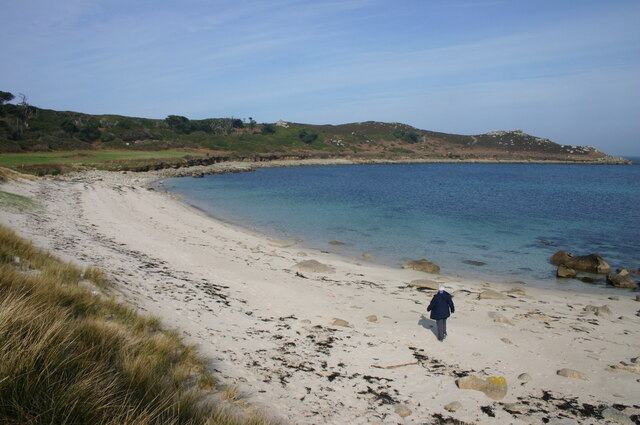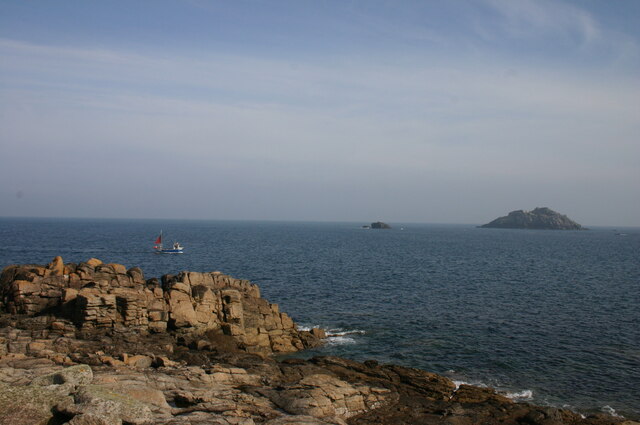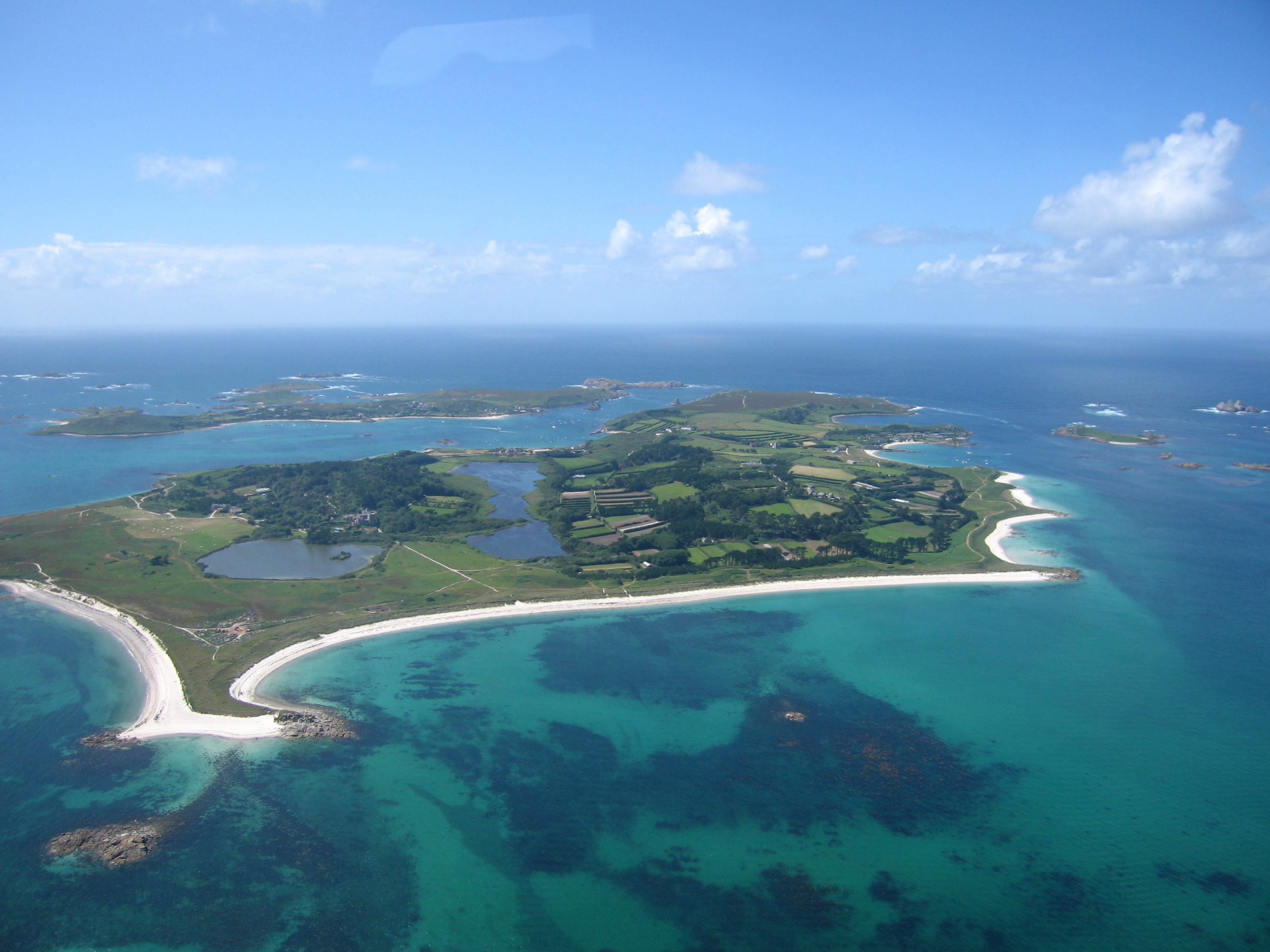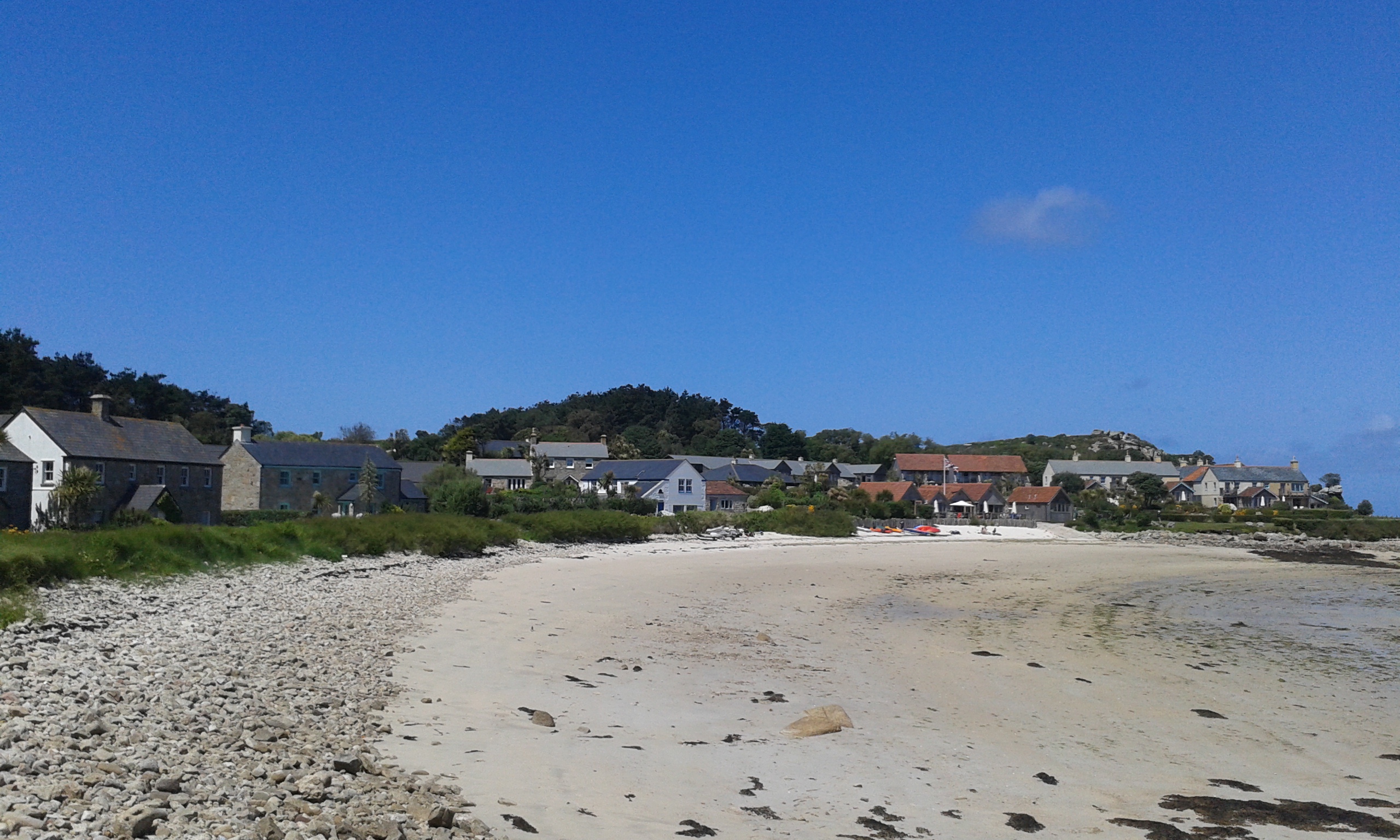Tea Ledge
Island in Cornwall
England
Tea Ledge

Tea Ledge is a small island located off the coast of Cornwall, England. Situated in the Atlantic Ocean, it is renowned for its stunning natural beauty and rich biodiversity. The island measures approximately 1.5 kilometers in length and 500 meters in width, making it a relatively compact landmass.
The landscape of Tea Ledge is characterized by rugged cliffs, picturesque coves, and sandy beaches. It is home to a diverse range of flora and fauna, including rare plant species and various seabirds that nest along the rocky shoreline. The island's isolation has allowed for the preservation of its pristine environment, making it a popular destination for nature enthusiasts and birdwatchers.
Access to Tea Ledge is limited, as it can only be reached by boat or during low tide when a natural causeway emerges from the mainland. This exclusivity adds to its appeal, offering visitors a sense of seclusion and tranquility. Despite its small size, the island offers a range of activities such as hiking, birdwatching, and exploring the tidal pools teeming with marine life.
Tea Ledge has a rich history, with evidence of human occupation dating back to prehistoric times. Archaeological excavations have uncovered ancient artifacts and remnants of early settlements, providing insights into the island's past. Today, it remains uninhabited, serving as a protected nature reserve and an important breeding ground for several endangered species.
In conclusion, Tea Ledge is a captivating island off the coast of Cornwall, characterized by its natural beauty, biodiversity, and historical significance. Its secluded location and diverse ecosystem make it a must-visit destination for those seeking a unique and immersive experience in the heart of nature.
If you have any feedback on the listing, please let us know in the comments section below.
Tea Ledge Images
Images are sourced within 2km of 49.95563/-6.3170832 or Grid Reference SV9015. Thanks to Geograph Open Source API. All images are credited.













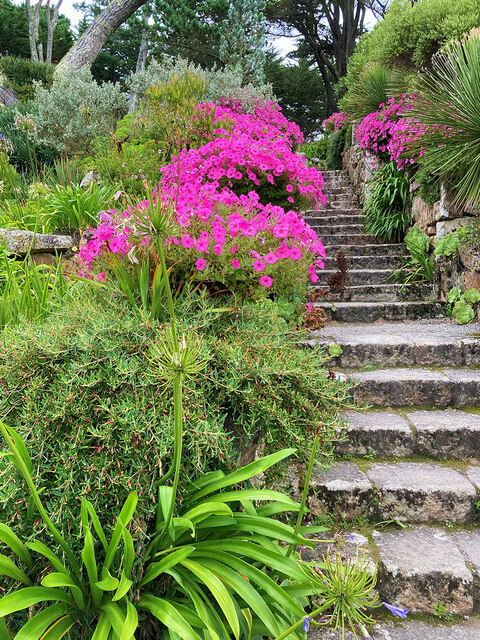
Tea Ledge is located at Grid Ref: SV9015 (Lat: 49.95563, Lng: -6.3170832)
Division: Isles of Scilly
Unitary Authority: Isles of Scilly
Police Authority: Devon and Cornwall
What 3 Words
///devalued.harmless.violinist. Near Tresco, Isles of Scilly
Nearby Locations
Related Wikis
Old Blockhouse
The Old Blockhouse, also known as the Dover Fort, is a 16th-century fortification on the island of Tresco in the Isles of Scilly. It was built between...
Tresco, Isles of Scilly
Tresco (Cornish: Enys Skaw, lit. 'island of elder-trees') is the second-biggest island of the Isles of Scilly. It is 297 ha (1.15 sq mi) in area, measuring...
Old Grimsby
Old Grimsby (Cornish: Enysgrymm Goth) is a coastal settlement on the island of Tresco in the Isles of Scilly, England. It is located on the east side of...
St Nicholas's Church, Tresco
St Nicholas's Church, Tresco, is a parish church in the Church of England located in Tresco, Isles of Scilly, UK. == History == Originally two old cottages...
Nearby Amenities
Located within 500m of 49.95563,-6.3170832Have you been to Tea Ledge?
Leave your review of Tea Ledge below (or comments, questions and feedback).
